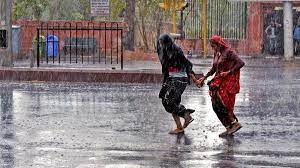Free Courses Sale ends Soon, Get It Now


Free Courses Sale ends Soon, Get It Now



Disclaimer: Copyright infringement not intended.
Context
More About the News
Where does extreme rain occur?
What does this mean for the monsoon’s stability?
What do the findings mean for forecasts?
|
PRACTICE QUESTION Examine the influence of global warming on the Indian monsoon. How has climate change altered the traditional patterns of the monsoon, and what are the potential consequences for India's agricultural and ecological systems? |
© 2024 iasgyan. All right reserved